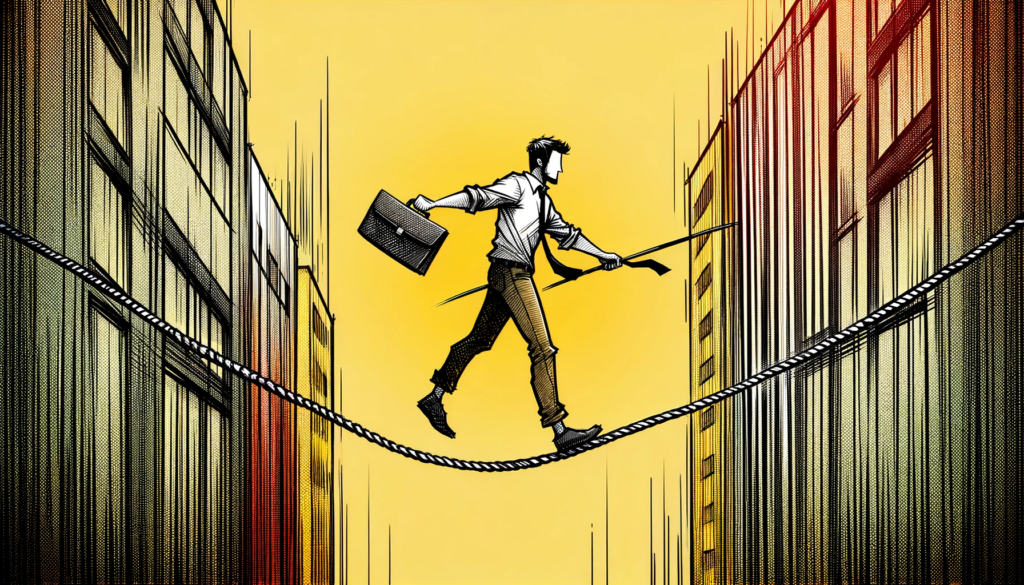I’ve seen many people care deeply about the team. They give it their all and forget themselves. And then they fall ill. Overworked. They can be team members with special skills, leaders, or product owners. Are you one of them? Read on for some practical ideas to restore the balance and ensure your team gets the best version of you.
The balance between work and life is crucial in maintaining team performance without succumbing to burnout. In this article on becoming a better team player, we dive into the delicate art of juggling professional demands and personal needs.
Long-term and Short-term Team Performance
Ever had the urge to binge-watch your favorite series? It’s an example of a short-term desire. While it offers immediate gratification, it can derail long-term goals. In team settings, this dichotomy plays out in balancing what we should do for the team versus what we need for ourselves. Striking this balance is key to preventing burnout teamwork and maintaining productivity.
Your gut is the canary in the coal mine
From birth, we are primarily driven by immediate needs – the “belly”. As we grow, we learn to plan and set long-term goals – the “head”. However, the belly never truly disappears; it serves as a reminder of our physical and emotional needs. In teams, when members ignore these needs, it leads to stress, dissatisfaction, and burnout. Successful teamwork requires acknowledging and balancing these aspects.
The Art of Balancing Head and Belly
Many view balance as boring. Yet in the context of burnout teamwork, it is a dynamic and essential skill. Consider extreme athletes: their prowess lies in maintaining an extreme dynamic balance. Similarly, effective teamwork involves creating space for personal needs amidst professional obligations. Mindfulness about one’s productivity and taking breaks when needed is crucial. It’s a mistake to think that pushing harder is the solution to decreased productivity. Instead, restful breaks often provide insights into underlying issues.
Taking True Breaks
Distinguishing between fake and true breaks is essential. Fake breaks involve activities that still engage the head, like checking emails or social media. True breaks, however, allow the mind to rest. Activities like taking a walk, enjoying a coffee chat, or mindfully drinking tea can rejuvenate the mind and are integral to managing burnout teamwork.
Maximizing Teamwork by Balancing Work-Life:
Balancing productivity and rest, individual needs, and team objectives, is a continuous process. This doesn’t imply working less or lowering ambitions. Instead, it’s about working smarter. To achieve significant goals, it’s vital to fine-tune the balance between our immediate needs (belly) and long-term objectives (head). You can simply start by taking true breaks. Then check your battery levels. Discuss with the team. They will gladly assist you in finding a better balance.
This piece draws insights from the book ‘Effect’, which offers lessons from a team of ice skating champions. Interested in enhancing your team’s performance while avoiding burnout? Contact Anton Vanhoucke for expert consulting in agile, scrum, innovation, and leadership coaching. Discover how to balance the demands of high-performance teamwork with personal well-being.
